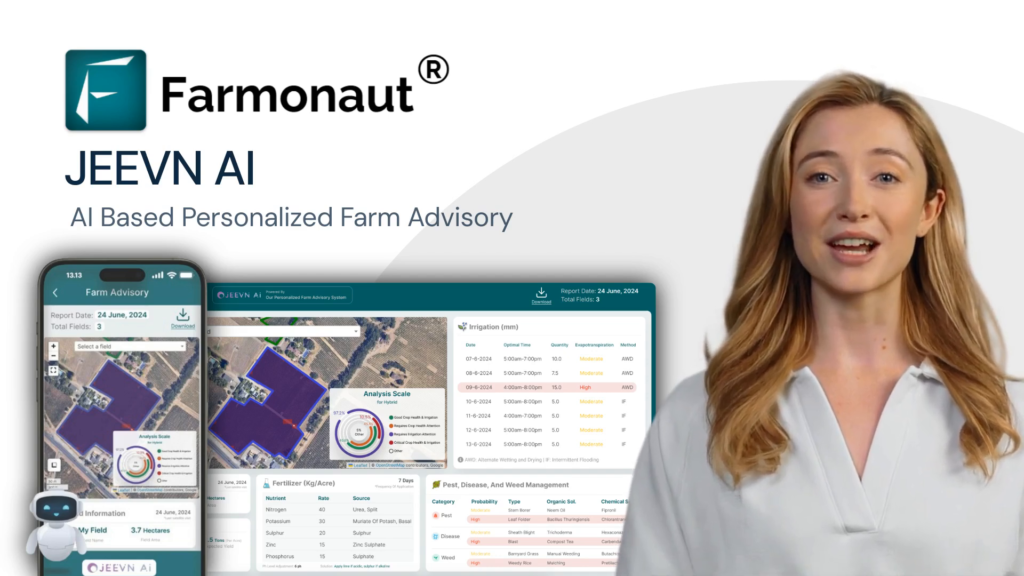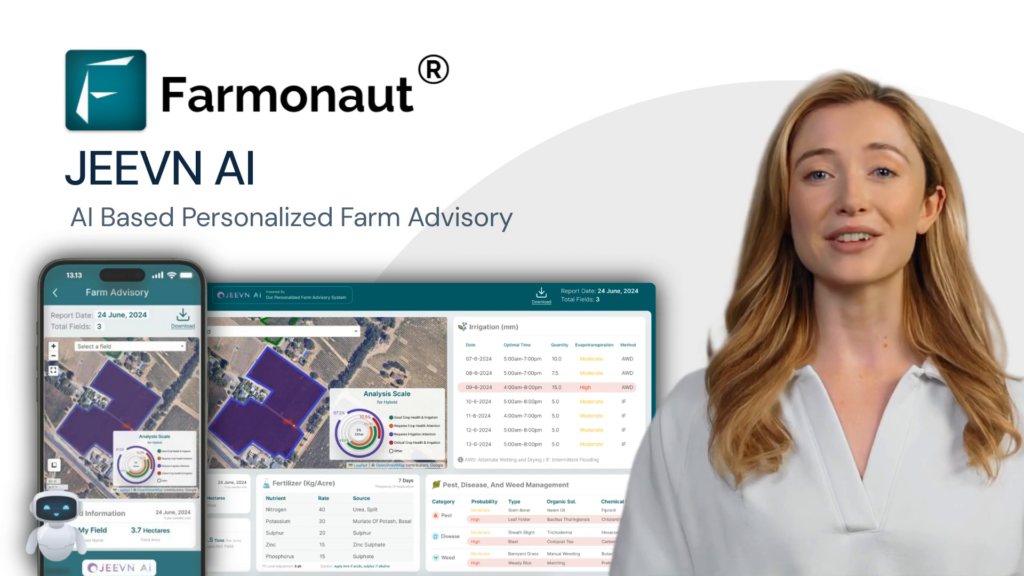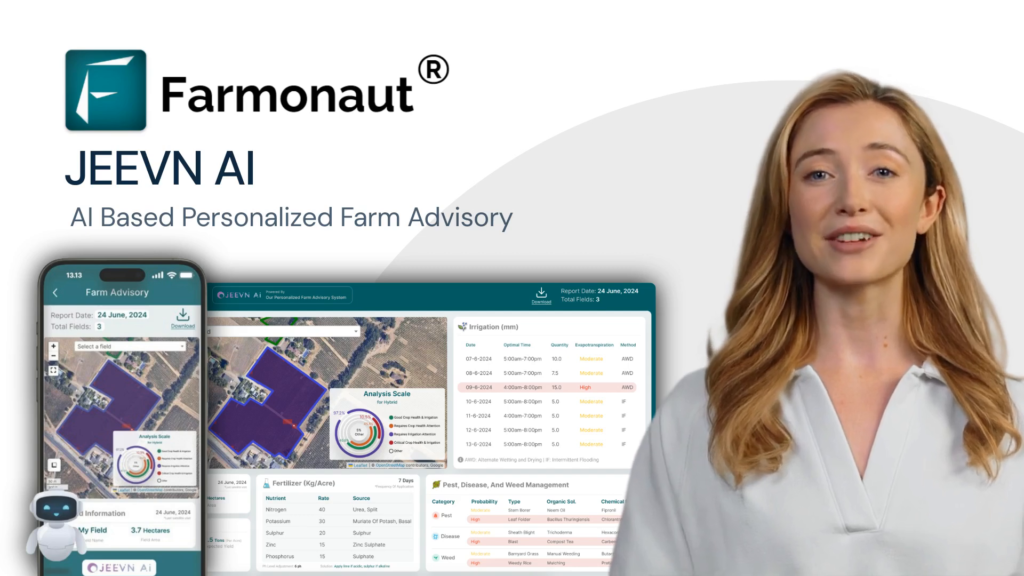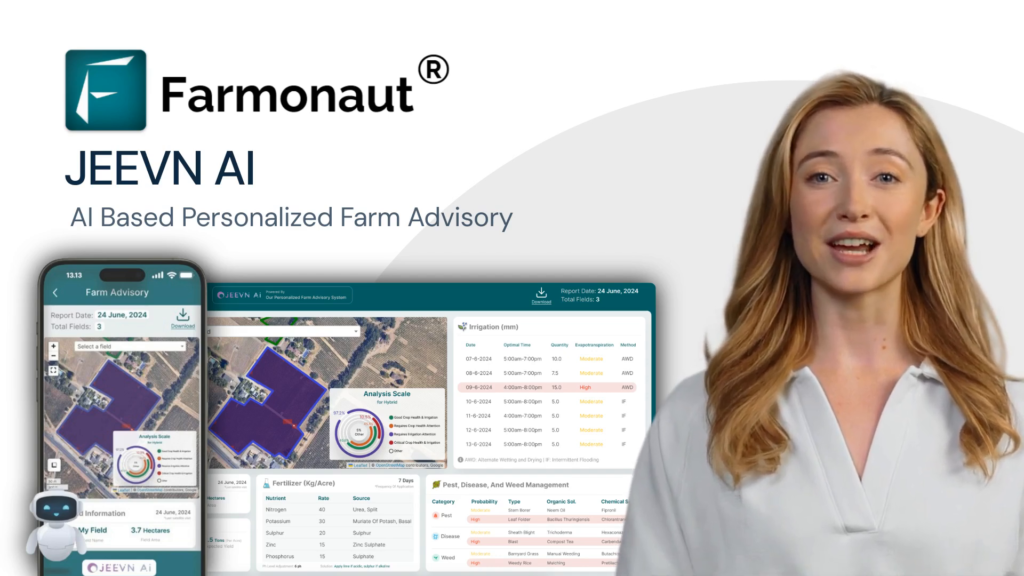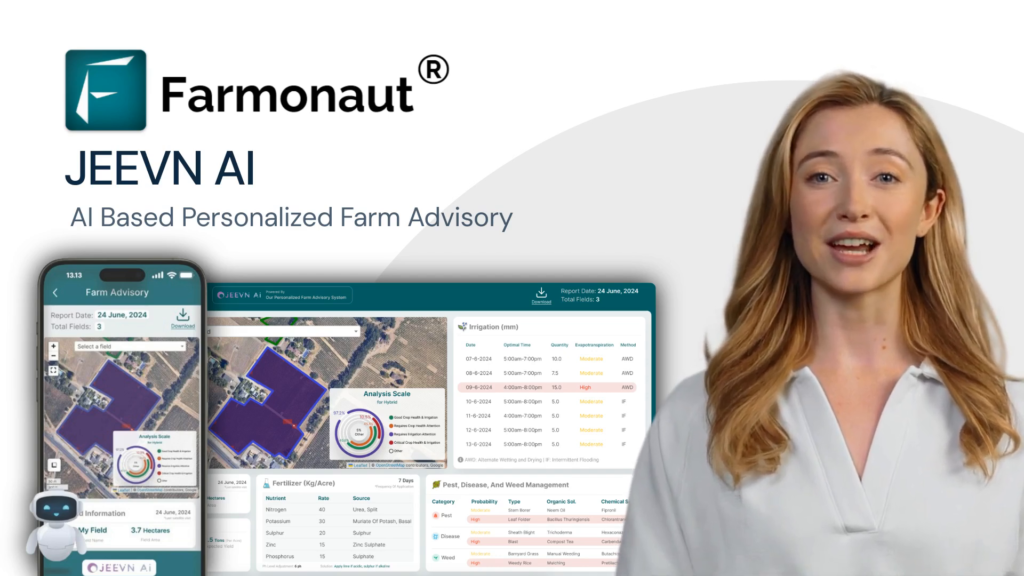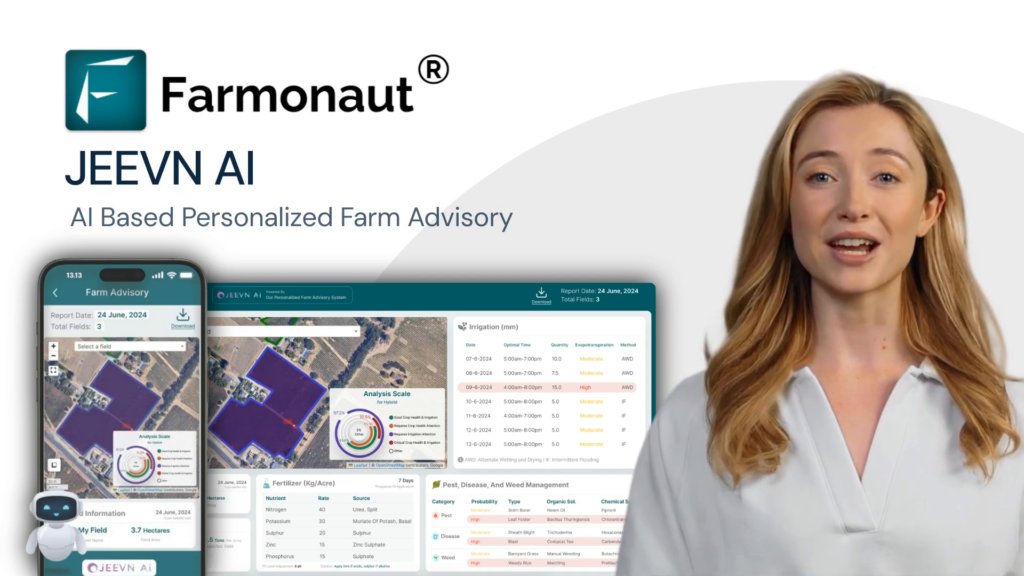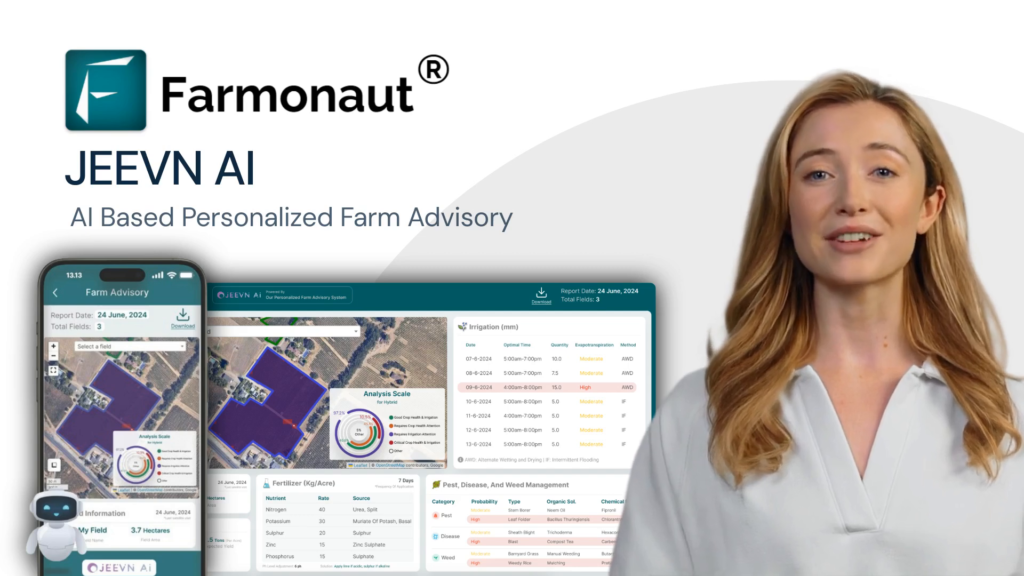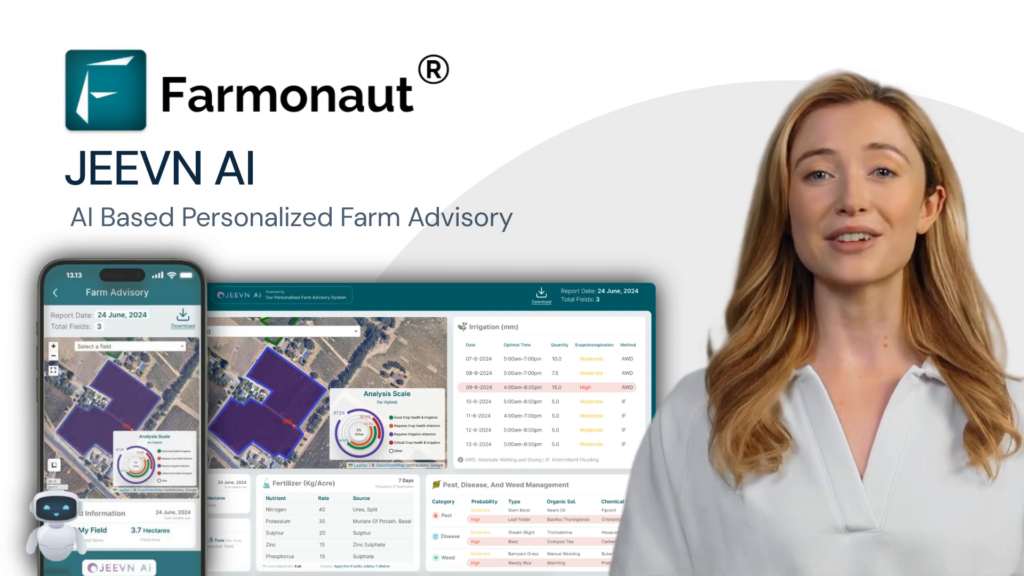Unlocking Minnesota’s Agricultural Potential: How Short Line Railroads Drive Regional Economic Growth
“Minnesota’s short line railroads transport over 500,000 carloads of freight annually, supporting the state’s $75 billion agricultural industry.”
Welcome to our comprehensive exploration of Minnesota’s short line railroad network and its pivotal role in driving regional economic growth. In this blog post, we’ll delve into the intricate web of rail lines that connect the Twin Cities, Dakota, and surrounding areas, forming the backbone of Minnesota’s freight transportation system. From agricultural product shipping to the movement of consumer goods, these railroads are essential to the state’s economic infrastructure.
The Historical Evolution of Minnesota’s Short Line Railroads
To understand the current landscape of Minnesota’s short line railroads, we must first look at their historical roots. The development of these regional railways traces back to the late 19th century when the state’s agricultural and industrial sectors began to flourish. As larger Class I railroads focused on main line operations, short lines emerged to serve local communities and businesses, providing crucial last-mile connectivity.
Over the decades, these short lines have adapted to changing economic conditions, technological advancements, and shifts in transportation needs. Today, they continue to play a vital role in Minnesota’s transportation network, supporting industries ranging from agriculture to manufacturing.
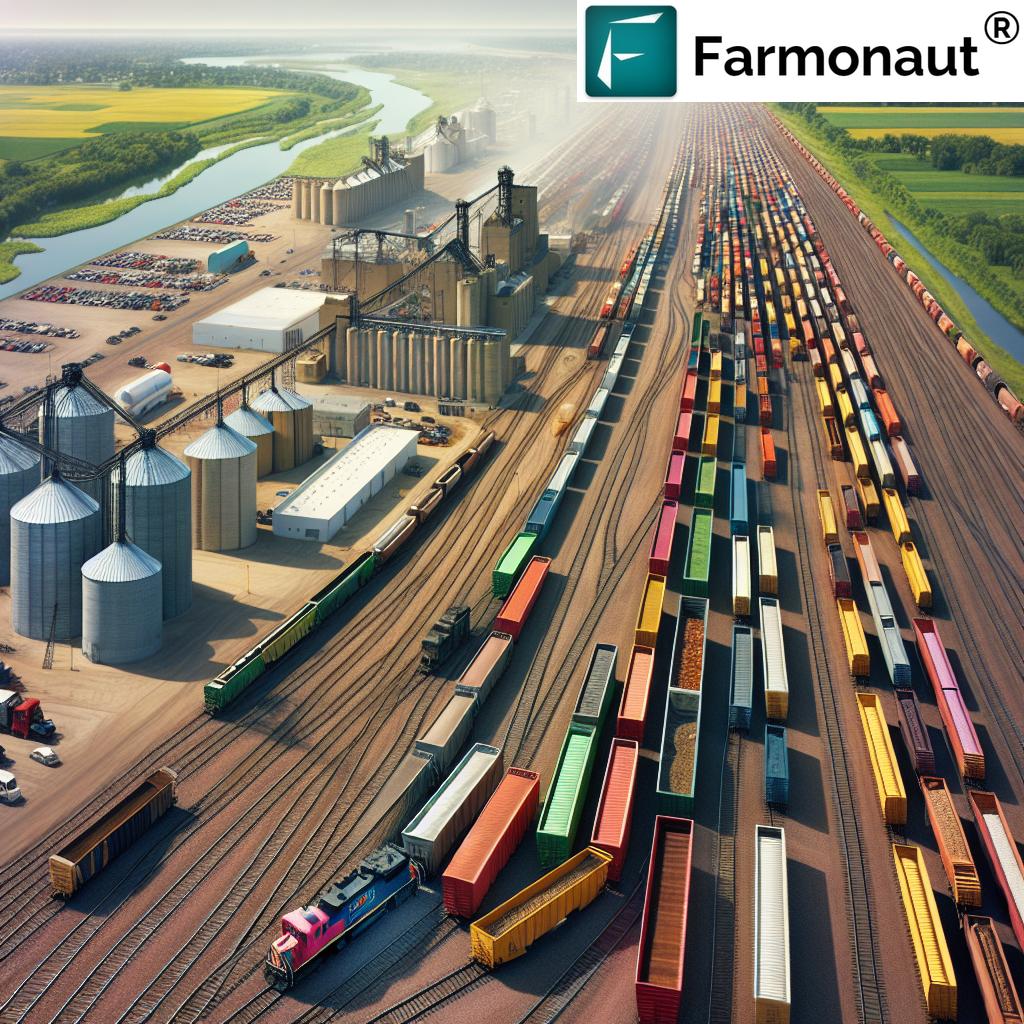
The Diverse Network of Minnesota Short Line Railroads
Minnesota boasts a diverse array of short line railroads, each serving unique regions and industries. Let’s explore some of the key players in this network:
1. Minnesota Commercial Railway (MNRR)
Operating since 1987, the Minnesota Commercial Railway has become a cornerstone of the Twin Cities freight transportation system. With nearly 150 miles of track, MNRR handles a wide variety of cargo, including:
- Lumber
- Steel
- Paper
- Potash
- Consumer goods
- Agricultural products
This diversity in cargo types showcases the versatility and importance of short line railroads in supporting various sectors of Minnesota’s economy.
2. Twin Cities & Western Railroad (TCWR)
The TCWR is an independently-owned short line that began operations in 1991. It operates approximately 360 miles of track, connecting the Twin Cities to Granite Falls, Minnesota, and extending into Sisseton, South Dakota. The TCWR’s extensive reach and diverse cargo base make it a critical component of the region’s transportation infrastructure.
For businesses looking to optimize their supply chain and reduce their carbon footprint, the Farmonaut Carbon Footprinting tool can provide valuable insights into emissions related to transportation and logistics.
3. Minnesota Northern Railroad (MNN)
Operating over 200 miles of track in western Minnesota, the MNN connects with Class I railroads BNSF and Canadian Pacific. Its primary focus is on agricultural products, highlighting the crucial role short lines play in supporting Minnesota’s farming communities.
4. Red River Valley & Western Railroad (RRVW)
The RRVW operates over 600 miles of track, primarily in North Dakota but extending into western Minnesota. Its diverse traffic base and extensive network make it a vital link for many communities and businesses in the region.
Strategic Interchanges: Connecting Local to National
One of the key strengths of Minnesota’s short line railroad network is its strategic interchanges with Class I railroads. These connection points allow for seamless transfer of goods between local and national rail networks, enhancing the efficiency of freight movement across the Upper Midwest.
Some notable interchanges include:
- BNSF and Canadian Pacific interchanges with the Cloquet Terminal Railroad in Cloquet
- BNSF interchange with the Ellis & Eastern Railroad at Manley
- Union Pacific interchange with the Ellis & Eastern Railroad at Agate
These interchanges not only facilitate the movement of goods but also contribute to the economic vitality of the communities they serve.
Adapting to Modern Industrial Needs
Minnesota’s short line railroads have shown remarkable adaptability in meeting the evolving needs of modern industries. From supporting traditional sectors like agriculture and manufacturing to embracing new technologies and sustainable practices, these railroads continue to innovate.
“The Twin Cities’ railway network connects to over 4,000 miles of regional short line tracks, serving 85% of Minnesota’s rural communities.”
For instance, many short lines have invested in upgraded track and equipment to handle heavier loads and specialized cargo. This adaptability ensures that Minnesota’s businesses remain competitive in a global marketplace.
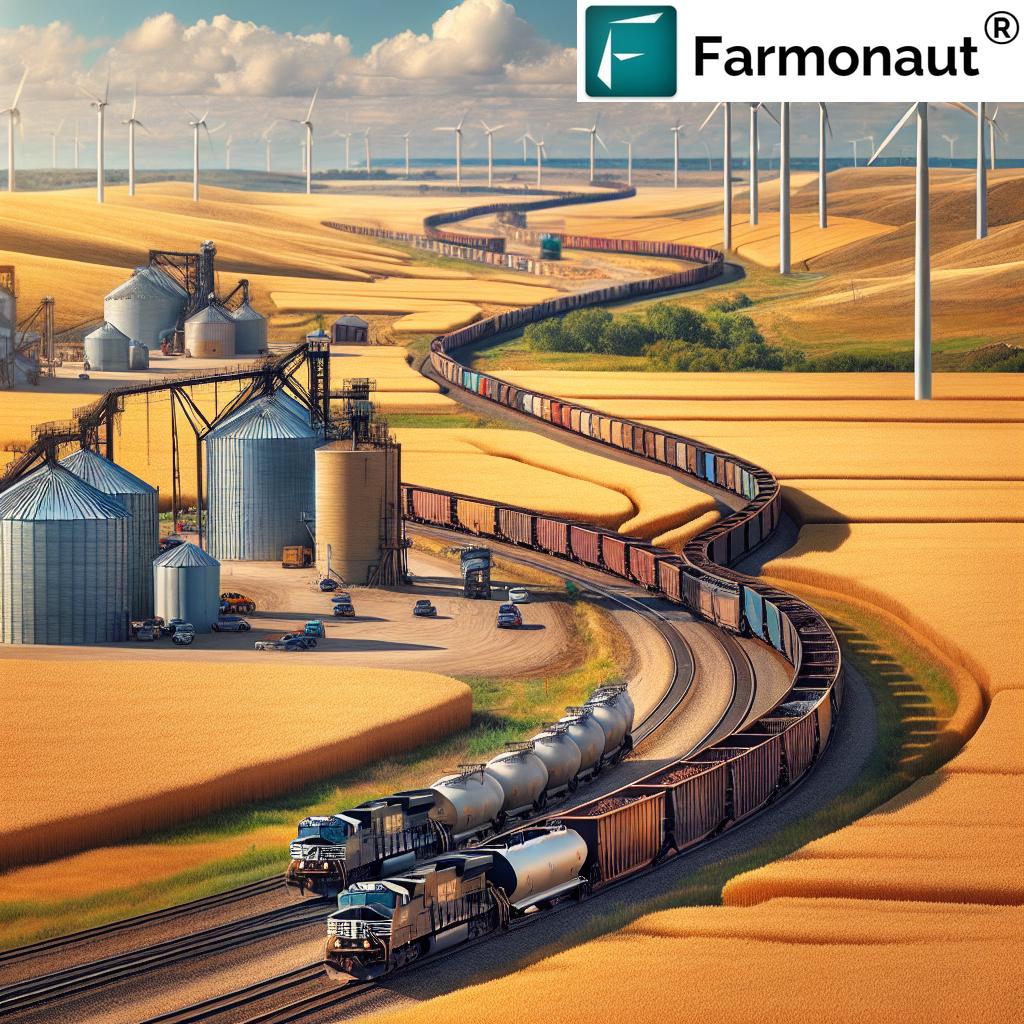
The Economic Impact of Short Line Railroads
The economic contributions of Minnesota’s short line railroads extend far beyond the transportation sector. These railways play a crucial role in:
- Supporting job creation in rural communities
- Reducing transportation costs for businesses
- Attracting new industries to the region
- Promoting sustainable freight transportation
By providing efficient and cost-effective transportation options, short line railroads help Minnesota businesses remain competitive in national and international markets.
Agricultural Product Shipping: A Cornerstone of Minnesota’s Economy
Agriculture is a vital part of Minnesota’s economy, and short line railroads play a crucial role in getting farm products to market. From grain elevators in rural communities to processing facilities in urban centers, these railways ensure the efficient movement of agricultural goods.
Key agricultural products transported by Minnesota’s short line railroads include:
- Corn
- Soybeans
- Wheat
- Sugar beets
- Fertilizers
For farmers and agribusinesses looking to optimize their operations, the Farmonaut Crop Plantation and Forest Advisory service offers valuable insights into crop health and management, complementing the efficient transportation provided by short line railroads.
Beyond Agriculture: Diverse Cargo Types
While agricultural products are a significant part of Minnesota’s short line railroad traffic, these railways transport a wide variety of goods. Some of the diverse cargo types include:
- Lumber and forest products
- Steel and other metals
- Chemicals and plastics
- Construction materials
- Consumer goods
This diversity in cargo types underscores the importance of short line railroads in supporting various sectors of Minnesota’s economy.
Connecting Rural Communities to Commercial Hubs
One of the most significant contributions of short line railroads is their role in connecting rural communities to major commercial hubs. This connectivity is vital for:
- Providing market access for local producers
- Attracting businesses to rural areas
- Reducing transportation costs for consumers
- Supporting economic development in small towns
By maintaining these crucial links, short line railroads help preserve the economic vitality of Minnesota’s rural communities.
Environmental Benefits of Rail Transportation
In an era of increasing environmental awareness, the efficiency of rail transportation offers significant benefits. Short line railroads contribute to reducing carbon emissions by:
- Moving large volumes of freight with less fuel consumption compared to trucks
- Reducing highway congestion and associated emissions
- Providing an eco-friendly alternative for long-distance freight transportation
For businesses looking to enhance their sustainability efforts, the Farmonaut Carbon Footprinting tool can help track and reduce emissions across the supply chain, including transportation.
Challenges and Opportunities for Minnesota’s Short Line Railroads
While short line railroads play a crucial role in Minnesota’s economy, they also face several challenges:
- Infrastructure maintenance and upgrades
- Competition from other transportation modes
- Regulatory compliance
- Adapting to changing market demands
However, these challenges also present opportunities for innovation and growth. Many short lines are investing in new technologies, exploring partnerships, and diversifying their services to remain competitive.
The Future of Minnesota’s Short Line Railroads
Looking ahead, the future of Minnesota’s short line railroads appears bright. Factors contributing to this positive outlook include:
- Increasing demand for sustainable transportation options
- Growing recognition of the economic benefits of rail transportation
- Ongoing investments in infrastructure and technology
- Potential for new partnerships and collaborations
As these railroads continue to evolve and adapt, they will remain essential to Minnesota’s transportation network and economic growth.
Comparative Analysis of Minnesota Short Line Railroads
| Railroad Name | Service Area | Primary Cargo Types | Estimated Annual Freight Volume (tons) | Major Interchanges | Key Industries Served |
|---|---|---|---|---|---|
| Minnesota Commercial Railway | Twin Cities | Lumber, steel, paper, potash, consumer goods, agricultural products | 500,000+ | BNSF, CP, UP | Manufacturing, Agriculture, Retail |
| Twin Cities & Western Railroad | Twin Cities to Granite Falls, MN and Sisseton, SD | Agricultural products, ethanol, manufactured goods | 400,000+ | BNSF, CP, UP | Agriculture, Energy, Manufacturing |
| Minnesota Northern Railroad | Western Minnesota | Agricultural products, fertilizers | 300,000+ | BNSF, CP | Agriculture, Agribusiness |
| Red River Valley & Western Railroad | North Dakota and Western Minnesota | Grain, sugar beets, fertilizers, manufactured goods | 600,000+ | BNSF, CP | Agriculture, Manufacturing, Energy |
Leveraging Technology for Efficient Rail Operations
As the rail industry evolves, technology plays an increasingly important role in enhancing efficiency and safety. Many short line railroads in Minnesota are adopting advanced technologies such as:
- GPS tracking for real-time shipment monitoring
- Predictive maintenance systems for equipment
- Automated inspection technologies
- Digital communication systems for improved coordination
These technological advancements not only improve operational efficiency but also enhance the overall reliability and safety of rail transportation.
For businesses looking to optimize their logistics and transportation operations, the Farmonaut Fleet Management solution offers powerful tools for tracking and managing vehicle fleets, complementing the efficiency of rail transportation.
The Role of Short Line Railroads in Supply Chain Resilience
Recent global events have highlighted the importance of resilient supply chains. Minnesota’s short line railroads contribute significantly to supply chain resilience by:
- Providing alternative transportation options during disruptions
- Offering flexibility in routing and scheduling
- Supporting local and regional supply chains
- Reducing dependence on long-distance trucking
This resilience is particularly crucial for industries such as agriculture and manufacturing, which rely heavily on efficient transportation networks.
Partnerships and Collaborations: Strengthening the Network
The success of Minnesota’s short line railroad network is often bolstered by strategic partnerships and collaborations. These may include:
- Agreements with Class I railroads for seamless interchanges
- Partnerships with local economic development agencies
- Collaborations with shippers and logistics providers
- Joint initiatives for infrastructure improvements
These partnerships help create a more integrated and efficient transportation network, benefiting businesses and communities across the state.
The Impact on Regional Economic Development
The presence of short line railroads can be a significant driver of regional economic development. These railways contribute to economic growth by:
- Attracting new businesses to the area
- Supporting the expansion of existing industries
- Creating direct and indirect employment opportunities
- Enhancing the competitiveness of local businesses
For regions looking to leverage their rail assets for economic development, the Farmonaut Agro Admin App can provide valuable insights for large-scale agricultural operations, complementing the transportation infrastructure provided by short line railroads.
Regulatory Environment and Public Policy
The operations of short line railroads are influenced by various regulatory and policy factors. Key considerations include:
- Federal and state transportation policies
- Safety regulations and compliance requirements
- Environmental regulations
- Funding programs for infrastructure improvements
Understanding and navigating this regulatory landscape is crucial for the continued success and growth of Minnesota’s short line railroad network.
Conclusion: The Vital Role of Short Line Railroads in Minnesota’s Economic Landscape
As we’ve explored throughout this blog post, Minnesota’s short line railroads play a crucial role in driving regional economic growth. From connecting rural communities to major commercial hubs to supporting diverse industries, these railways are an essential component of the state’s transportation infrastructure.
The adaptability, efficiency, and economic impact of short line railroads make them invaluable assets for Minnesota’s future. As the state continues to grow and evolve, these railways will undoubtedly remain at the forefront of supporting and driving economic development across the region.
FAQ Section
Q: What is a short line railroad?
A: A short line railroad is a small or mid-sized railroad company that operates over a relatively short distance. They typically connect smaller communities and industries to larger, national rail networks.
Q: How do short line railroads contribute to Minnesota’s economy?
A: Short line railroads support Minnesota’s economy by providing efficient transportation for various industries, connecting rural areas to major markets, creating jobs, and attracting businesses to the regions they serve.
Q: What types of goods do Minnesota’s short line railroads transport?
A: Minnesota’s short line railroads transport a wide variety of goods, including agricultural products (like grain and fertilizers), lumber, steel, consumer goods, and industrial materials.
Q: How do short line railroads interact with larger, Class I railroads?
A: Short line railroads often serve as connectors between local shippers and Class I railroads. They have strategic interchanges where goods are transferred between the short line and the larger railroad networks.
Q: Are short line railroads environmentally friendly?
A: Yes, rail transportation, including short line railroads, is generally more fuel-efficient and produces fewer emissions per ton-mile compared to truck transportation, making it a more environmentally friendly option for freight movement.
Earn With Farmonaut: Affiliate Program
Earn 20% recurring commission with Farmonaut’s affiliate program by sharing your promo code and helping farmers save 10%. Onboard 10 Elite farmers monthly to earn a minimum of $148,000 annually—start now and grow your income!
Farmonaut Subscriptions
For developers interested in integrating Farmonaut’s powerful satellite and weather data into their own applications, check out our API and API Developer Docs.





